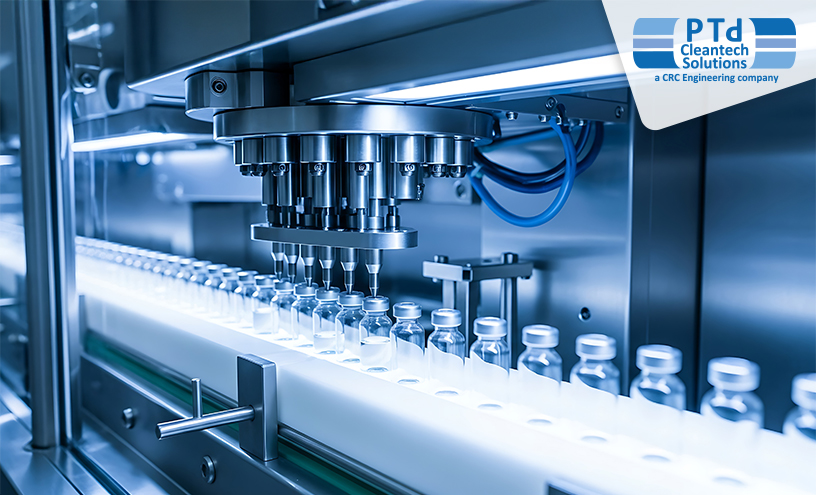The smallest particle can make a huge difference between a working device and an expensive flaw in the high-stakes world of microelectronics manufacturing. Cleanroom design is more important than ever because manufacturing tolerances have reached the nanometre scale as devices have started to get smaller and more complex. Achieving high yield in this industry calls for a thorough comprehension of workflow optimisation and environmental control. Working with an accomplished OSAT consultant can have a direct impact on success in this situation.
The Link Between Cleanroom Design and Yield
The number of devices that satisfy quality standards at the end of production is known as yield in the microelectronics manufacturing industry. Failures and rework may result from any contamination, whether it comes from airborne particles or unstable temperatures. The first line of defence against these dangers is cleanroom design. It involves more than just creating a dust-free environment; it involves designing a setting that continuously upholds high standards of cleanliness during the manufacturing process.
An OSAT consultant frequently collaborates closely with design engineers and makes sure the cleanroom satisfies the precise specifications for particular microelectronic processes. This entails selecting the appropriate ISO classification and maximising airflow patterns to minimise particle settlement to ensure that process equipment integrates seamlessly with the room design. Even minor mistakes, like ineffective gowning areas or badly planned material transfer zones, can result in contamination events that have a big effect on the yield.
Key Design Factors That Influence Production Outcomes
The dependability and consistency of microelectronic manufacturing are directly impacted by a number of cleanroom design factors. Systems for filtration and airflow must be built to efficiently remove airborne particles without interfering with sensitive operations. High-efficiency particulate air (HEPA) filters and laminar as well as unidirectional flow configurations are common instruments for preserving cleanliness. Preventing cross-contamination requires careful consideration of the position of air returns (including pressure differentials) and the reduction of turbulence.
Controlling the humidity and temperature is also extremely important. For example, even slight variations can interfere with sensitive photolithography procedures. This is the very reason reason why a thorough approach to cleanroom design takes ergonomic workflow and environmental factors into account. By ensuring that the flow of people and equipment takes the most efficient route possible, an OSAT consultant can lower the chance of contamination while increasing operational effectiveness.
Another important consideration is the choice of material. Finishes and surfaces need to be easy to clean and smooth. The advantages of filtration systems can be negated by poor material selection, which can result in particle generation inside the cleanroom. To top it all off, integrating automated handling systems can decrease the likelihood of contamination events by reducing human involvement in crucial stages.
The Role of Expert Guidance in Maximising Yield
Designing a cleanroom for microelectronics manufacturing is a multidisciplinary effort, requiring inputs from architects, engineers, and process specialists. However, without strategic oversight, the final environment may not align perfectly with the operational needs of the facility. Here, the expertise of an OSAT consultant becomes invaluable. They bring a perspective that bridges manufacturing requirements with engineering design, ensuring that every element of the cleanroom contributes to yield optimisation.
An OSAT consultant offers guidance on long-term operational issues in addition to technical specifications. For example, as process technology advances, they might suggest design elements that make maintenance easier or enable upcoming enhancements. This strategy can safeguard investment and maintain competitiveness in industries which are likely to grow even more, like microelectronics, where new generations of devices require ever-tougher environmental controls.
Manufacturing yield and cleanroom design are very closely linked. The quality and cost-effectiveness of the finished product are directly impacted by every choice made during the design stage. This is where the experience of an OSAT consultant can be put to use. With their help, manufacturers can ensure that their cleanrooms are not only compliant but optimised for the highest possible yields. Facilities that incorporate strong cleanroom design principles will be the ones that continuously meet production targets and maintain a competitive position in the global market as technology develops.

